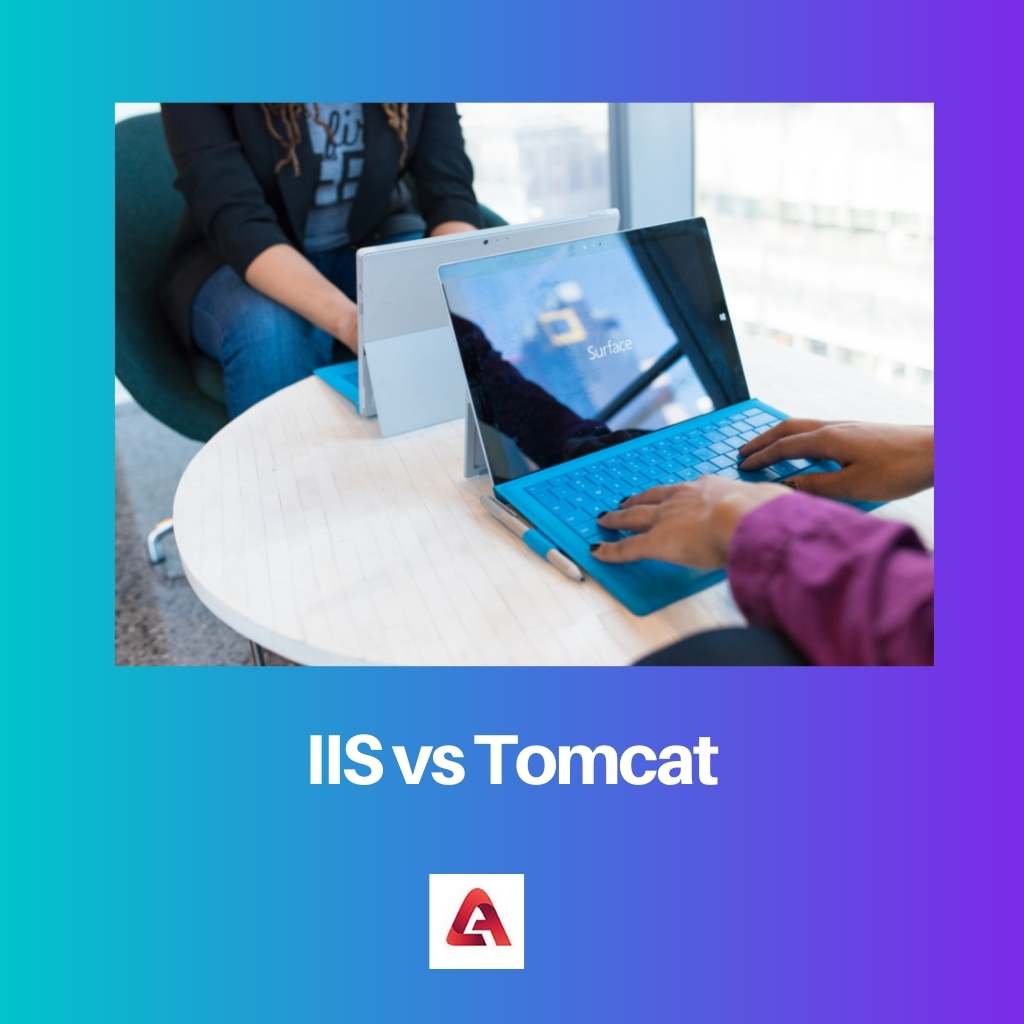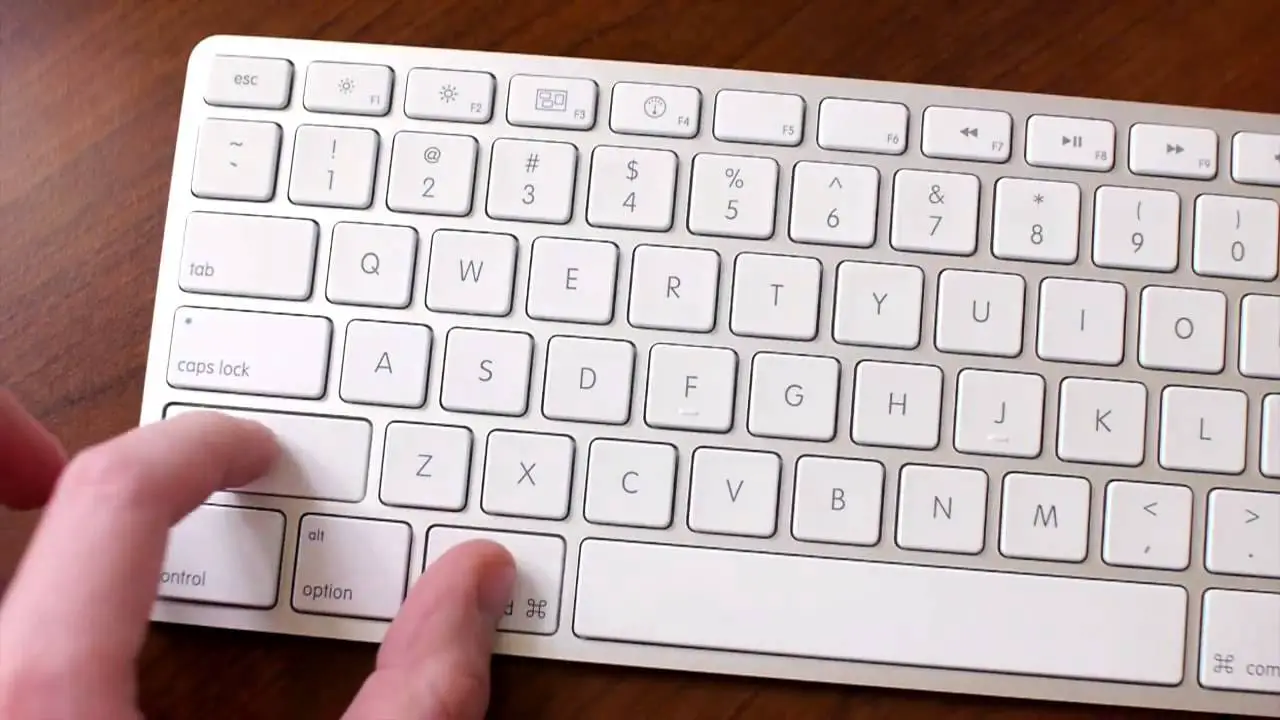There are many software or technologies used regularly in your computer system which is not even known or identified by regular users.
They work in the background and play a significant role in systems that it is very difficult to work on systems without this software. Examples of these software’s are IIS and Tomcat.
They are developed to ease the tasks of the users. They both were programmed in the 1990s.
Key Takeaways
- IIS is a web server for Windows, while Tomcat is a web server for Java applications.
- IIS supports ASP.NET and PHP, while Tomcat supports Java Servlet and JSP.
- IIS is licensed software, while Tomcat is open-source software.
IIS vs Tomcat
IIS is a web server developed by Microsoft that supports multiple protocols and can host websites using ASP.NET, PHP, and other web technologies. Tomcat is an open-source web server that supports Java servlets and JSP and can host web applications built using the Java programming language.

IIS is presently the second most used web server, trailing only Apache in popularity.
Despite lagging in the rankings, Microsoft steadily improved IIS for a long time with other technologies like SQL Server and Silverlight, which are both related to Microsoft.
IIS is a particularly tempting web server solution because of these products, Microsoft’s .Net Framework, and the fact that most consumers are familiar with the Windows operating system.
Tomcat is a free Server-side host that supports a variety of Java Enterprise Specs, including the Websites Java-Server Pages, API, and, of course, the Java Servlet.
Tomcat’s full name is “Apache Tomcat,” It was created in an open, collaborative environment and released for the first time in 1998.
It started as the standard implementation for the first Java-Server Pages and Java Servlets.
Comparison Table
| Parameters of Comparison | IIS | Tomcat |
|---|---|---|
| Developed By | Microsoft develops IIS. | The Apache software foundation develops Tomcat |
| Type | IIS is a Web server. | Web server environment Implemented by the Jakarta Servlet, Jakarta Expression Language, and WebSocket |
| First version’s release date | Released on May 30, 1995 | The first version is launched in the Year 1999. |
| Programming language | IIS is developed by using the C++ programming language. | Java is the language that is used for the development of Tomcat. |
| Full form | Internet Information Services is the full form of IIS. | Apache Tomcat is the full name of Tomcat. |
What is IIS?
Microsoft created IIS for their NT operating system, designed for mainframe computers and web servers. It is now the #2 most used web server, trailing only Apache in popularity.
Despite lagging in the rankings, Windows has been steadily improving IIS and its companion technologies, SQL Database and Silverlight, both of which are Microsoft products.
These apps, as well as Microsoft’s, IIS is a very tempting web server choice because of the Net Framework and the fact that most consumers are familiar with the Windows operating system.
However, users must install Tomcat, a competitor’s server program to run Java and JSP programs on their domain controller.
IIS uses a variety of languages & protocols to operate. Text, buttons, direct interactions/behaviours, picture placements, and hyperlinks are all created with HTML.
HTTP is a standard communication protocol that allows web servers and users to exchange information.
HTTPS — HTTP via Secure Sockets Layer (SSL) — encrypts communication with Transport Layer Security (TLS) for increased data security.
Files can be sent using the File Transfer Protocol (FTP) or its secure variation, FTPS.
The SMTP, which is used to send and receive an email, and the Network News Transfer Protocol, used to transmit articles on USENET, are two more supported protocols.
What is Tomcat?
The open-source Java/JSP server developed by Apache to run in combination with their webserver was named Tomcat.
Because its lone competitor, JRun, has proven problematic for most users, Tomcat is unquestionably the greatest at what it does.
It is also incredibly popular among developers because it is free and has a large open-source community supporting it.
If you know websites or have a simple understanding of them, you’ve probably heard of the HTTP protocol or at least have a basic understanding.
If you wish to provide any web services, such as simple static content using HTML (or Hypertext Markup Language) or transport data from a server to a client, you’ll need a server, and that server is HTTP (HyperText transfer protocol).
So, we all know that if you want to construct a simple, static website, you’ll need an HTTP server, but if you want to make a dynamic website, you’ll need to utilize a servlet.
To transfer simple data, we use the HTTP server. We must use the servlet to transfer data or create a dynamic website.
As a result, we require an HTTP server and a container in which to run or servlet. When the HTTP server and servlet are combined, the Tomcat server results.
Main Differences Between IIS and Tomcat
- IIS and tomcat differ based on the companies that developed these technologies. Microsoft is associated with IIS, and Apache Software Foundation is associated with Tomcat.
- The programming language used for IIS and Tomcat is C++ and JAVA, respectively.
- The release dates of these technologies are different. IIS’s first version was released on May 30, 1995, whereas Tomcat was released in 1999.
- Full forms of the technology’s name are Internet Information Services and Apache Tomcat, respectively.
- IIS is an extensible web server developed to use with all windows os. In contrast, Tomcat is a web server environment developed to run java programs and developed by implementing the Jakarta Servlet, Jakarta Expression Language, and WebSocket.





